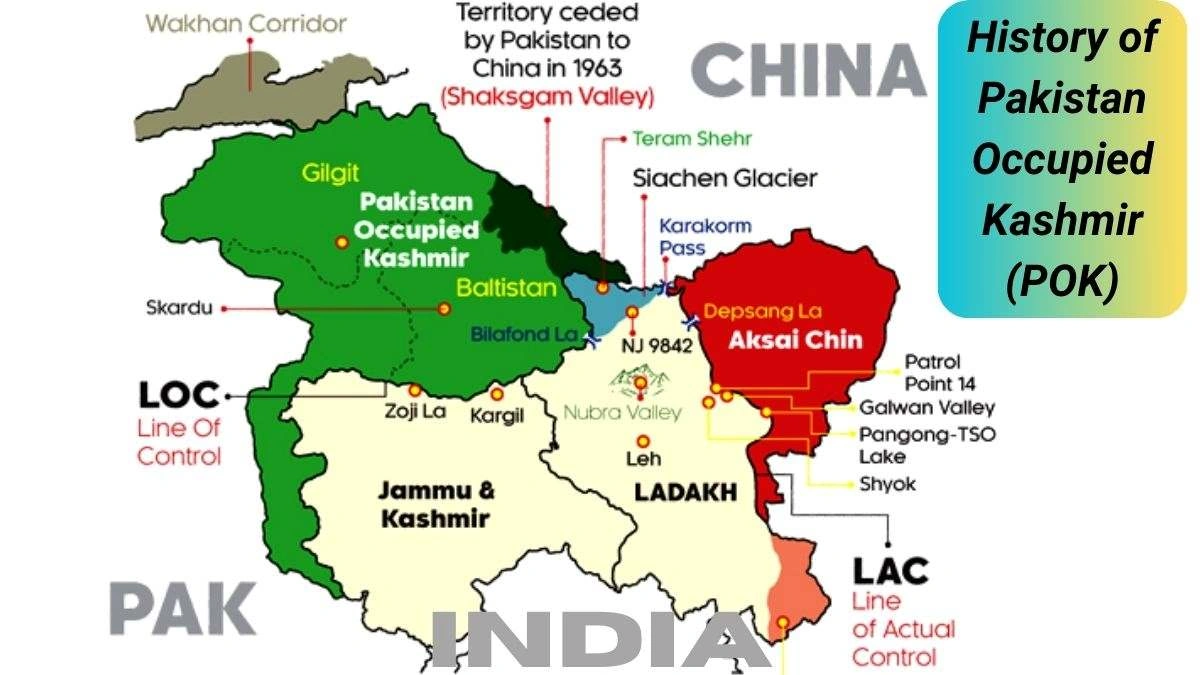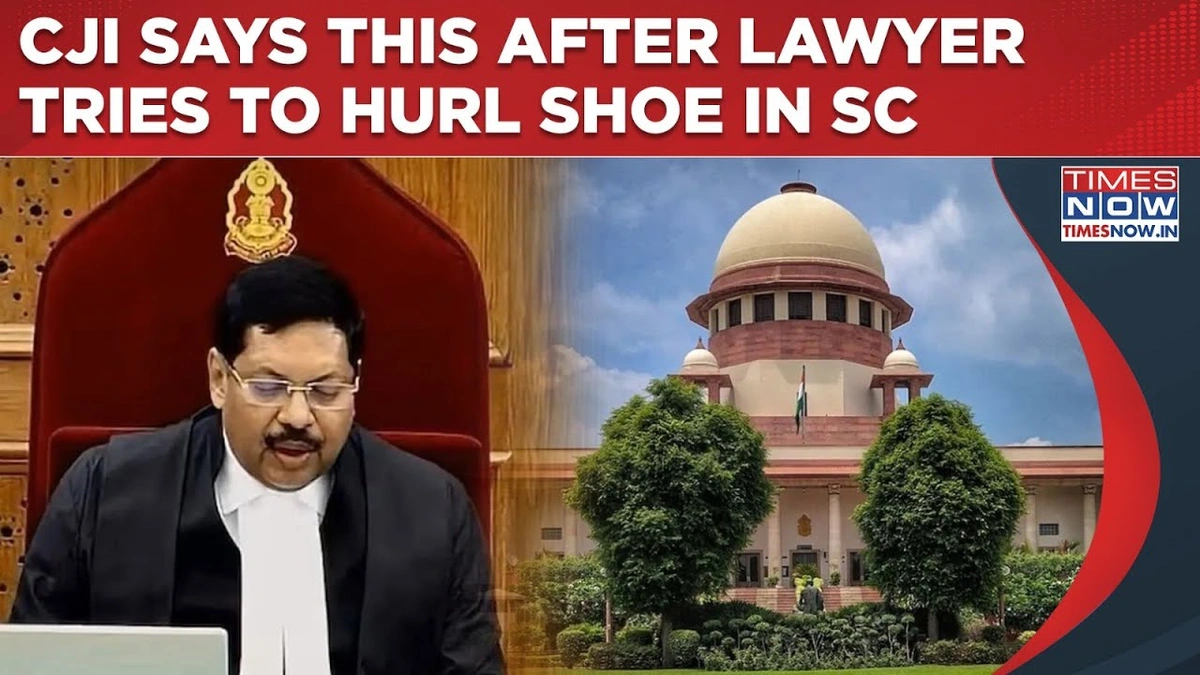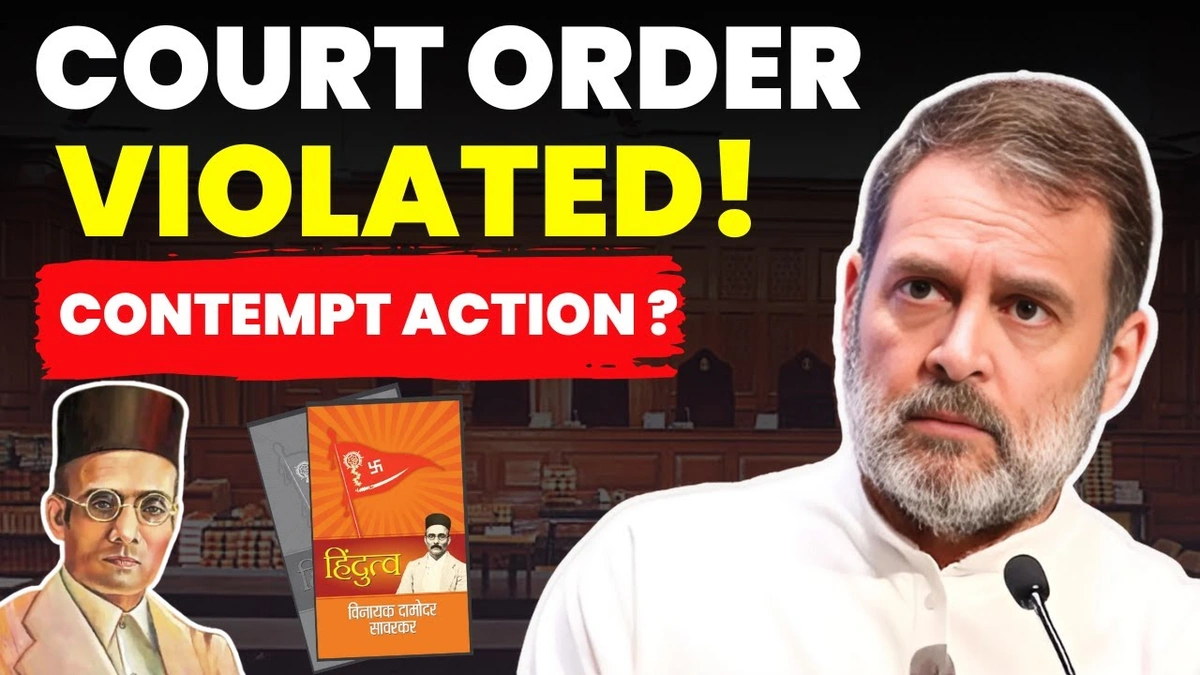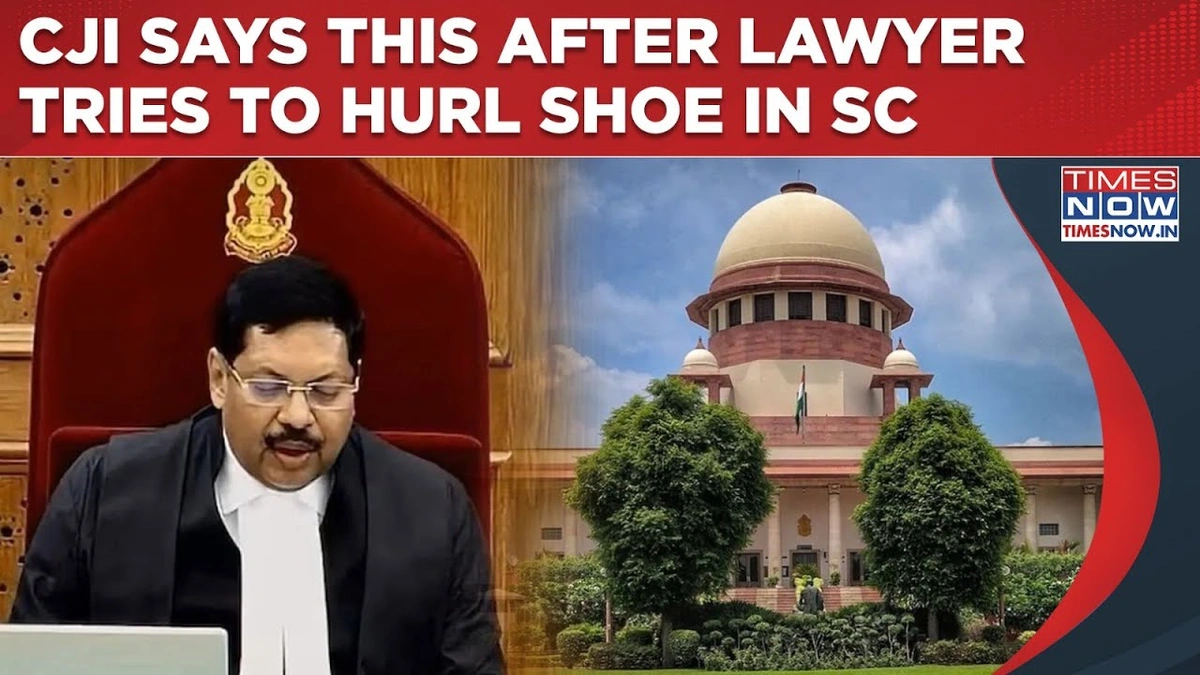Decoding PoK | Why India’s Stance Matters Now More Than Ever
Okay, let’s talk about PoK – Pakistan-occupied Kashmir . It’s a term we hear often, especially in news cycles concerning India and its neighbours. But here’s the thing: it’s more than just a geographical area or a political hot potato. It’s about history, identity, and the future of a region with a complex narrative. I want to try to unravel why India’s position on PoK is so critical right now.
The Historical Tapestry | A Quick Rewind
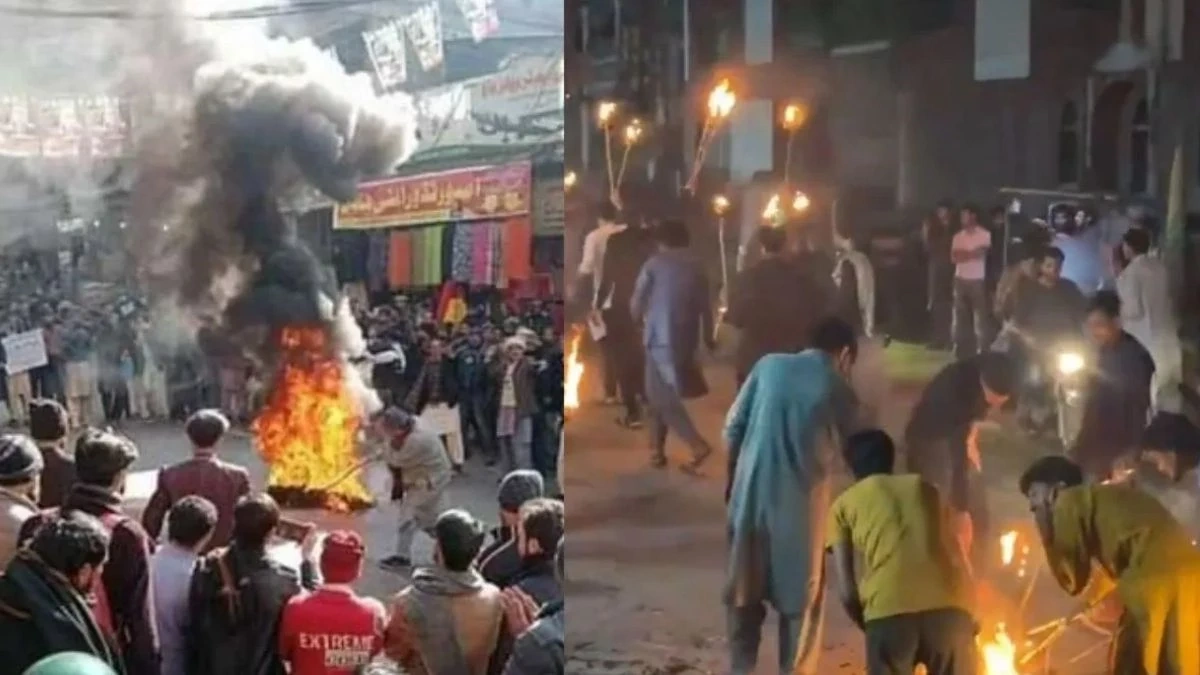
To understand the present, we need a quick trip back in time. The India-Pakistan partition of 1947 was, to put it mildly, messy. Princely states were given the option to join either India or Pakistan. Jammu and Kashmir’s ruler, Maharaja Hari Singh, initially prevaricated. But when faced with an invasion by Pakistani tribesmen, he acceded to India. This accession, however, only covered part of the state. The areas that remained under Pakistani control became what we now refer to as PoK. This is the historical backdrop a complex narrative fraught with political and emotional weight.
But here’s where it gets interesting. India maintains that the entire Jammu and Kashmir region, including Gilgit-Baltistan, is an integral part of the country. Pakistan, naturally, contests this claim. So, it’s not just a border dispute; it’s a clash of historical interpretations and national identities. Check here to know more about related issues.
Why Now? The Shifting Geopolitical Landscape
Let’s be honest: border disputes aren’t new. So, why is PoK such a focal point now ? Several factors are converging:
- Changing International Dynamics: The world stage is in constant flux. China’s growing influence, the US’s shifting alliances, and the evolving dynamics in Afghanistan—all these impact the Kashmir region. India’s assertive foreign policy is also a factor.
- Internal Developments in India: The abrogation of Article 370 in 2019, which revoked Jammu and Kashmir’s special status, has had a ripple effect. It signaled a stronger, more direct approach to the region. Some argue that this has opened the door for a more assertive stance on PoK.
- Infrastructure and Connectivity: India’s focus on infrastructure development in the region, like highways and tunnels, demonstrates a commitment to integrating the area more closely. This includes areas close to the Line of Control (LoC).
The Emotional Angle | More Than Just Land
Okay, let’s move beyond the political chess game for a second. For many Indians, PoK isn’t just about territory; it’s about people, culture, and a shared history. There’s a deep emotional connection to the idea of reclaiming what is perceived as rightfully belonging to India. It’s about the Kashmiri Pandit community, whose displacement remains a raw nerve. It’s about families separated by the LoC. It’s about the cultural heritage that transcends political boundaries. In short, it’s personal.
And here’s where the narrative gets complicated. In PoK, many have distinct identities and their own grievances. It’s essential to acknowledge these diverse perspectives. Because, let’s face it, any resolution needs to consider the aspirations and well-being of all the people involved.
Navigating the Future | A Path Forward?
So, what does the future hold? It’s tough to say. But here are some key considerations:
- Dialogue is crucial. Talking, even when it’s difficult, is always better than not talking. India and Pakistan need to find a way to engage in meaningful dialogue, even if progress is slow.
- Focus on development. Improving the lives of people on both sides of the LoC should be a priority. Investing in infrastructure, education, and healthcare can foster goodwill and create a more stable environment.
- Transparency is key. Both countries need to be more transparent about their actions in the region. This can help build trust and reduce the risk of misunderstandings.
The situation in PoK isn’t going to be resolved overnight. It requires patience, diplomacy, and a willingness to understand different perspectives. But one thing is clear: India’s stance on PoK is more important now than ever. The region is strategically significant and emotionally charged. It’s a story that’s still unfolding.
FAQ
What exactly does “PoK” stand for?
It stands for Pakistan-occupied Kashmir.
Why does India claim PoK?
India maintains that the entire Jammu and Kashmir region, including PoK, is an integral part of the country due to the instrument of accession signed by Maharaja Hari Singh in 1947.
What is the Line of Control (LoC)?
The LoC is the military control line between the Indian and Pakistani-controlled parts of the former princely state of Jammu and Kashmir. It is not an internationally recognized border.
How does the international community view the PoK issue?
The international community’s views vary. Some countries acknowledge India’s position, while others call for a peaceful resolution through dialogue between India and Pakistan. Many international bodies emphasize the need to respect human rights in the region.
What are the main concerns of people living in PoK?
Concerns include governance issues , economic opportunities, and human rights.
What impact does the PoK issue have on India-Pakistan relations?
It is a major point of contention that has led to several conflicts and continues to strain relations.
The future of PoK remains uncertain, but the discussions about its status, the rights of its people, and the broader geopolitical implications are essential for fostering stability and progress in the region and also see here.
